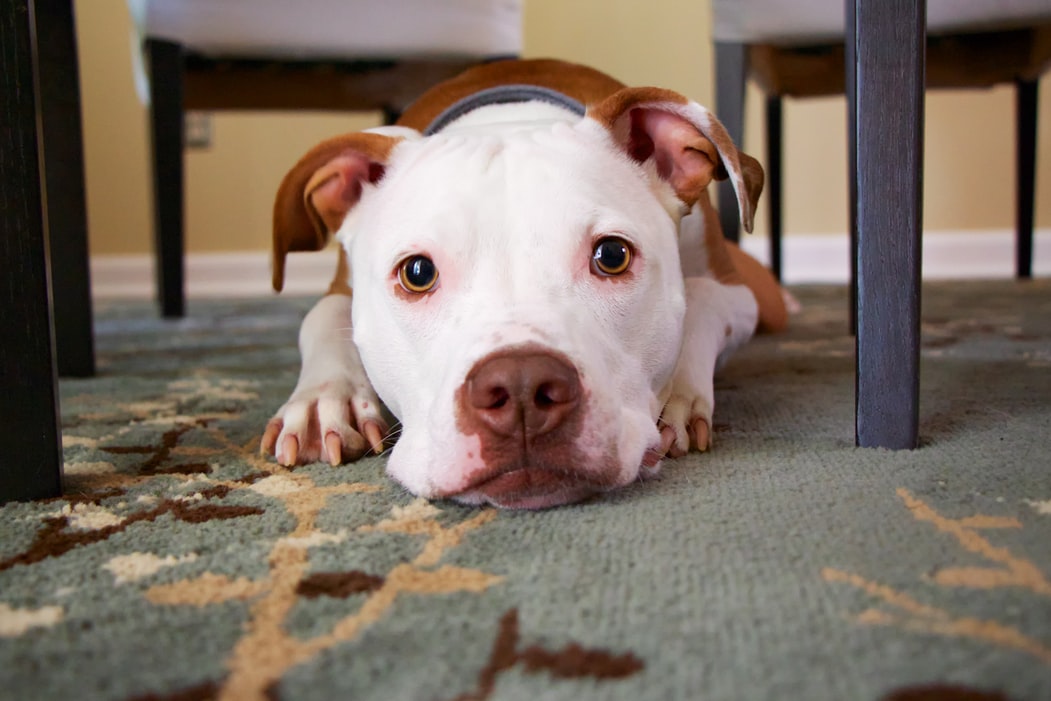

He was insulting them when he said their hands could be dirty.” “The majority of doctors in Vienna at this time were from middle- or upper-class families, and they thought of themselves as very clean people compared with the working-class poor. And doctors were offended by the suggestion that they could be causing infections. Part of the problem, says Tomes, was that people, “didn’t have that conception of themselves as sort of walking petri dishes”.

He died in a psychiatric institution, “a very despondent person at the untimely age of 47”, says Wahrman. He lost his job, and is thought to have had a breakdown.

After Semmelweis implemented hand hygiene between the morgue and the delivery room, the rate of mortality for new mothers dropped to about 1%.”ĭespite his success, his idea faced great resistance, and met a tragic end. Before the experiment, says Wahrman, “the mortality rate for new mothers was as high as 18%. To test his theory, he ordered doctors to wash their hands and instruments in a chlorine solution, a substance he hoped would dispatch the deadly smell of cadaverous particles. Semmelweis hypothesised that cadaverous particles from the morgue were to blame, and that such particles on the hands of doctors were making their way into women’s bodies during childbirth. One of them then accidentally got cut by a scalpel during a dissection and died, seemingly of the same childbed fever the mothers had been getting. So it didn’t seem a problem that trainee doctors at Vienna General would hang out in the morgue dissecting corpses to figure out what had rendered them dead and then pop up to the maternity ward to deliver a baby without washing their hands.
#Image cleaner as good as history kill windows
Victorians kept their windows firmly shut against such malevolent forces. Germs were yet to be discovered, and it was still believed in the 1840s that disease was spread by miasma – bad smells in the air – emanating from rotting corpses, sewage or vegetation. Faced with a doctor-led maternity ward in which maternal deaths from the dreaded childbed fever were significantly higher than in the midwife-run clinic there, he racked his brain for clues as to why. While working at Vienna General hospital, the Hungarian doctor was at the forefront of a more scientific approach to medicine. “If there had to be a father of handwashing it would be Ignaz Semmelweis,” says Miryam Wahrman, a professor of biology at William Paterson University in New Jersey and author of The Hand Book: Surviving in a Germ-Filled World. However, the first recorded discovery of handwashing’s life-saving power came 50 years earlier, in 1848, as a huge, unwelcome shock. Religious handwashing rituals have been around for thousands of years in Islamic, Jewish and other cultures, but the notion of disease spreading by hand has been part of the medical belief system for only about 130 years. “Being a historian of this kind of pandemic event and then experiencing this one,” she says, “is kind of like being a passenger on the Titanic and watching it all unfold.” It also feels, she says, like going back to the early 20th century, when infectious diseases such as tuberculosis and smallpox were the No 1 cause of death, and the new science of germs had led to the first mass obsession with hand hygiene. To Nancy Tomes, a distinguished professor of history at Stony Brook University, New York, seeing this basic advice headlining the public health agenda has felt even more strange.


 0 kommentar(er)
0 kommentar(er)
